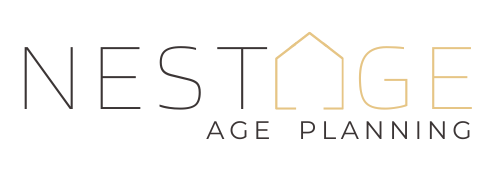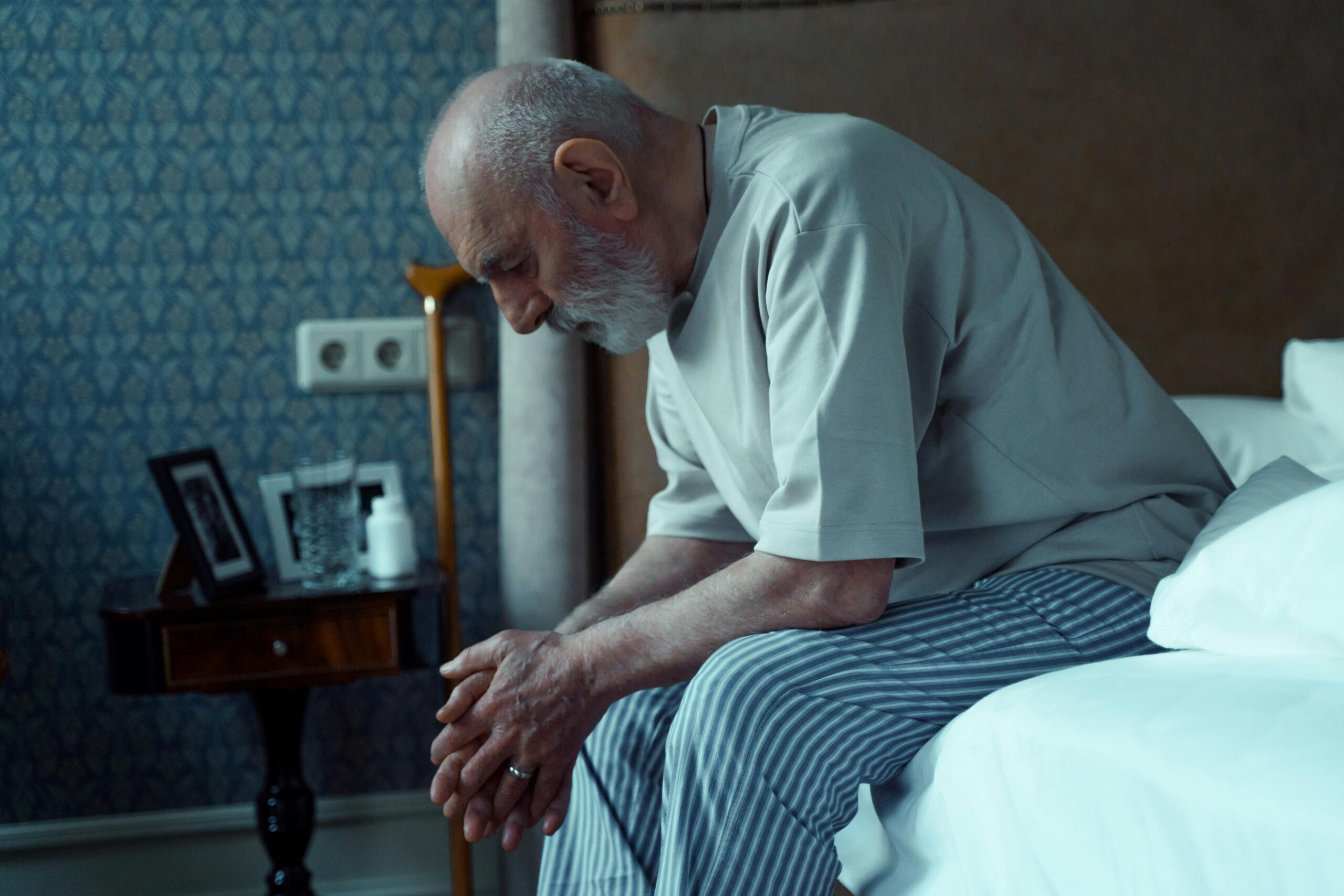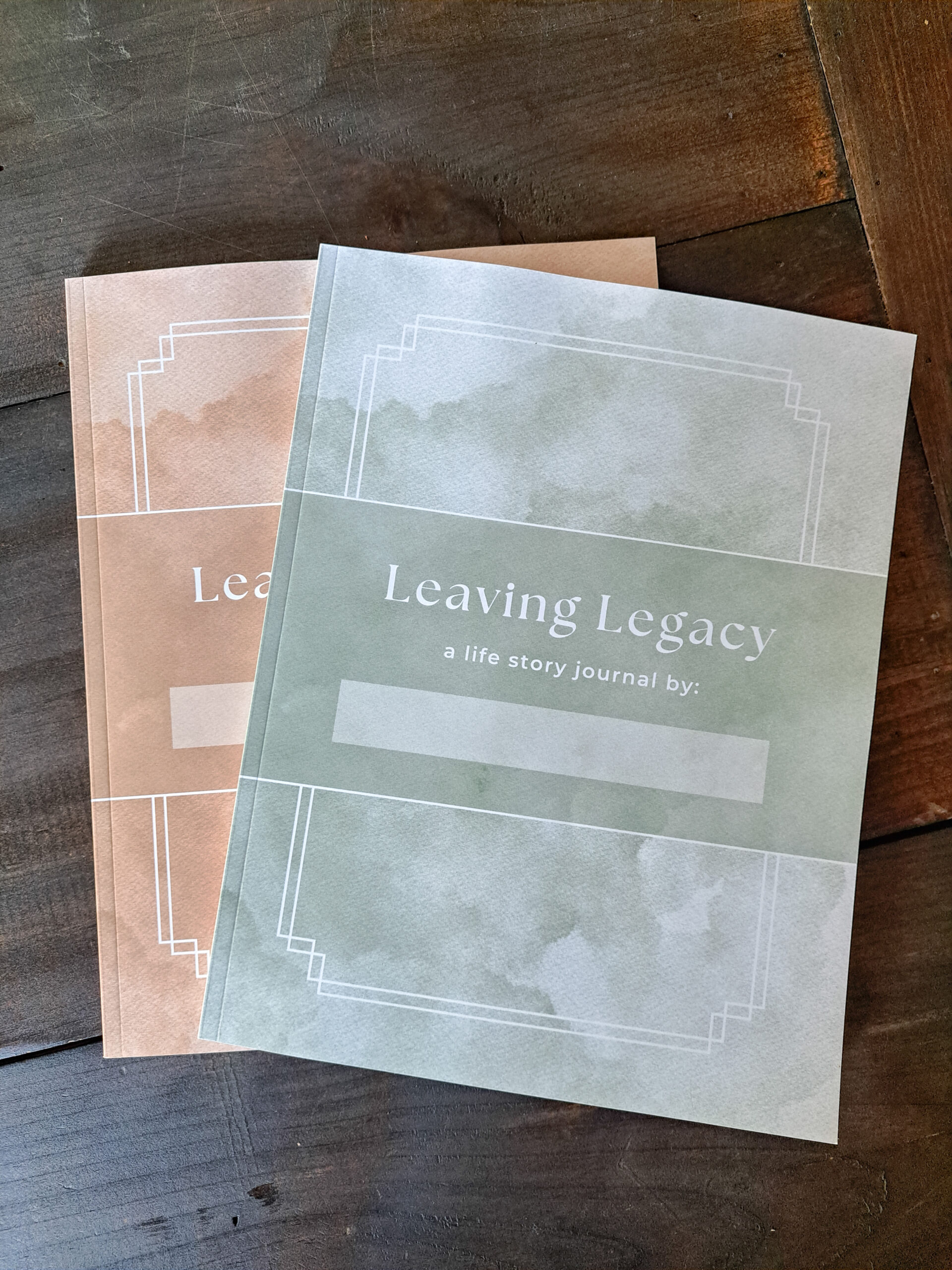LISTEN to the podcast of this blog post on Spotify:
WATCH the podcast video on YouTube:
In this series of podcast/blog episodes, I share real-life stories and experiences from my clients and people I have chatted with through a decade of working in the aging sector. Below is a summary of how each podcast/blog is outlined.
*Details of all podcast/blog stories are adjusted to ensure confidentiality of all parties.
In this episode :
- The Situation – What the client was experiencing or the circumstance they were facing.
- The Client – How the client was perceiving and responding to the situation – their mindset, emotions and result.
- The Guidance – How I helped shift their perspective to renew their mindset, emotions and result.
The Situation

In this situation, the woman I was working with had what she specifically referred to as a difficult and tiring relationship with her daughter.
This woman was in her late 70s and her daughter was beginning to notice the aging needs of her mother increasing. The daughter was noticing changes and voicing to her mother concerns about her mother’s physical abilities, about her declining social schedule, and about the need to move to a care home soon.
And while all of these are valid concerns to voice and have conversations about within this mother-daughter relationship, the tone behind the concern was not coming from a ‘team’ oriented mindset where the mother and daughter are a team in navigating, but ultimately with the mother leading her own Age Planning decisions.
The tone and the posture the daughter was bringing to the conversation was quite demanding and as if she was telling her mother she knew what was best for her and she had already made the decision that her mother would be moving to a care home because her physical abilities are deteriorating and her social schedule isn’t nearly as full as it use to be…etc. etc.
The mother had explained to me that this was a long standing pattern of her daughter as an adult child – the daughter often told the mother what was best for her and made decisions without consulting her mother.
Maybe I’ll pause here and unpack this a bit to give some more specific examples to Age Planning of an adult child overstepping on their aging parent:
1) One example would be an adult child calling a real estate agent and having them do a walk through assessment of the aging parent’s house because the adult child thinks their parent needs to sell the house and move to a care home. I have heard of that happening too many times.
2) Another example is an adult child having a lifeline or a fall alert system setup in their parent’s home without consulting them or having a conversation with them about it first.
3) I’ve also heard of someone taking their aging parent out for lunch and then slyly ending up at an optometrists office because the adult child doesn’t want their aging parent to have a driver’s license anymore and basically forces them into an eye assessment in an attempt to lose their license.
And while all of these concerns from adult children are valid and I’m sure in most cases they are rooted in a place of loving concern – but these examples I just gave are NOT loving actions as a way to voice that concern. They are quite the opposite – they feel scheming, and dishonest and disrespectful.
Those are just a few examples of adult children meaning well and probably believing they are looking out for their aging parent, but it creates a deep sense of disrespect and dishonesty between the parent child relationship.
This can cause the aging parent to feel the need to either (A) pull back and retreat from saying anything because they fear upsetting their child, being a burden on their child or damaging their relationship.
Or (B) the aging parent feels the need to become defensive and ignore important aging conversations with their adult children because they no longer trust the opinions and decisions of the adult children to be rooted in autonomy for the older adult.
The Client
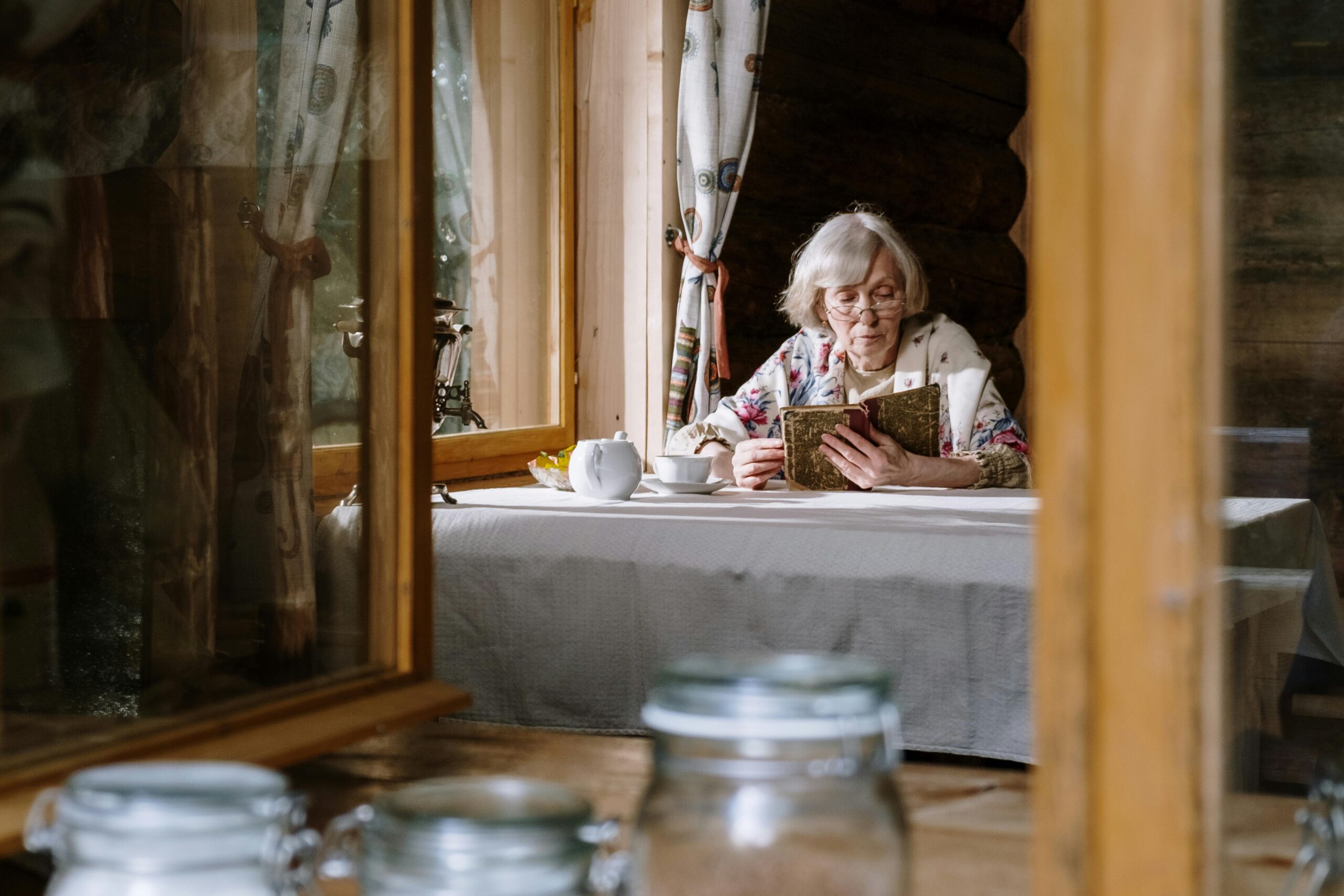
MINDSET & EMOTION
So to get back to the original situation that this episode is about – the woman was feeling like she was having to create boundaries around her relationship with her daughter because the daughter was constantly overstepping.
She had a track record of constantly overstepping, which I won’t get into, but it was causing the mother an immense amount of stress.
The mother had other adult children who were more than willing to having meaningful conversation and truly listen to her, but the daughter we’re talking about here was being seen as an overpowering energy on everyone.
So the mindset the mother had was that she needed to create boundaries as a way of keeping her daughter out. Because the daughter’s actions and decisions were causing the mother a lot of stress and overwhelm.
But guilt was creeping in for the mother because she felt it was mean to create boundaries ‘against’ her daughter.
The guilt was becoming shame and it was preventing her from creating any level of boundary with her daughter.
RESULT
With no intentional conversations, no shared awareness and no boundaries – the mother continued to feel unheard and stepped on.
And let me tell you, the effects and results that aging has on life makes the aging person very vulnerable to losing their autonomy.
It is so important for older adults to stand firm in their wants and preferences and wishes, and that means voicing those wants, preferences and wishes in calm, constructive conversations.
In this situation, that meant the mother wanting to talk to her daughter about boundaries as well.
The Guidance
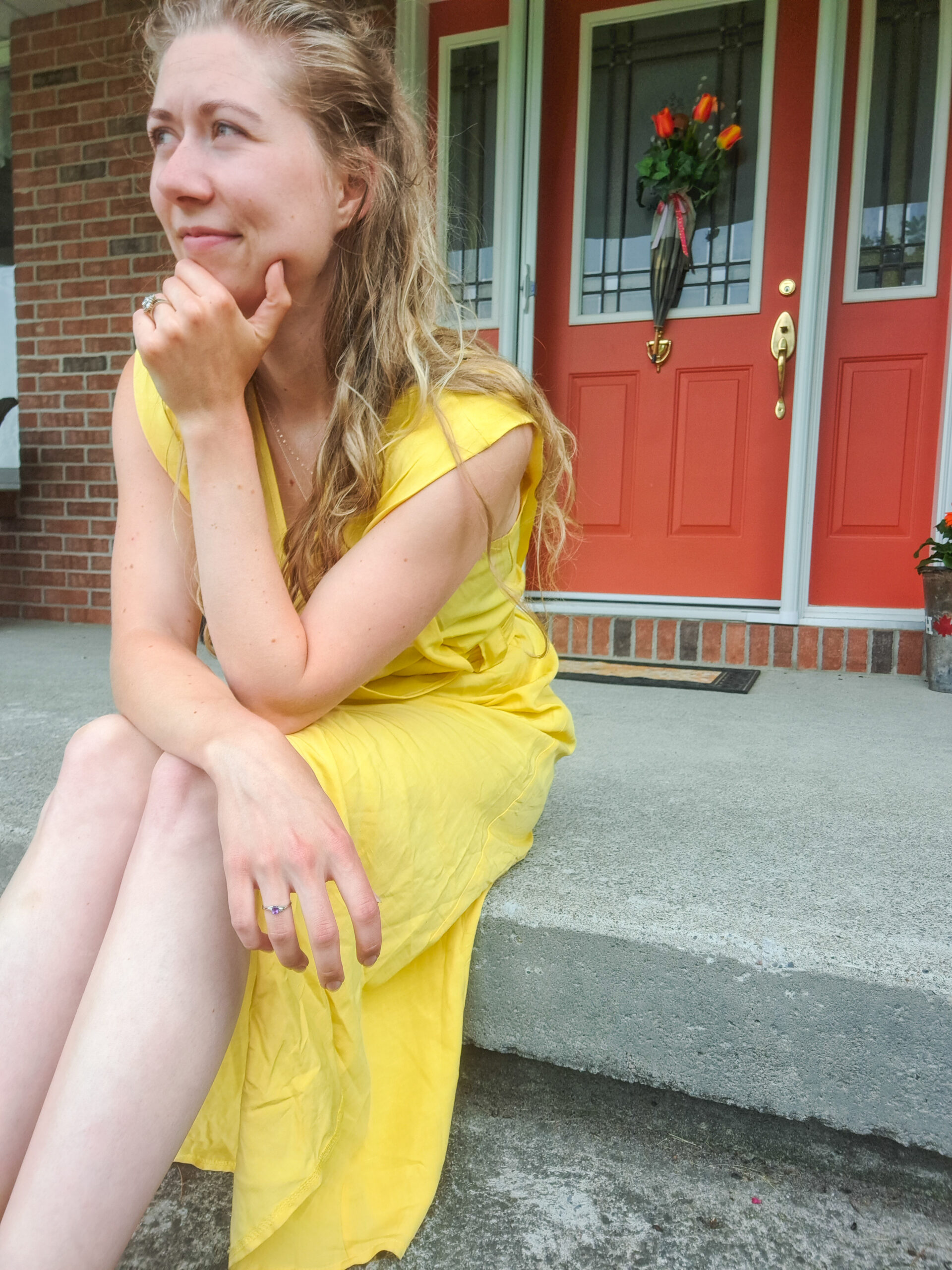
But the mother needed a new mindset around what boundaries are.
Boundaries are an ‘If -> Then’ equation. If this happens, then this is my response.
The new mindset I would encourage someone in this type of situation to move towards is seeing that boundaries are the things you put in place to be in healthy relationships.
Healthy boundaries actually keep people IN your life.
So the old mindset was boundaries had to be put in place to keep her daughter OUT. The new mindset is boundaries are a way to keep her daughter IN her life, with a healthy relationship.
She had to change her mindset to reflect boundaries showing respect to both her AND her daughter.
Jess Davis
I want to say that again – your mindset must reflect boundaries showing respect to both you AND the other person.
RENEWED RESULT
So how do you hold respect for both parties?
EXPECTATIONS is the keyword here.
Other people need to know your boundaries, because an unspoken boundary is an unmet expectation.
It’s an expectation that you have in your head about another person, that they don’t even know about. If someone doesn’t know your boundary, they can’t meet your expectation.
And an unspoken expectation is future resentment waiting to happen.
Those are 2 things that I want to say again because I think they are such powerful perspectives to understand:
An unspoken boundary is an unmet expectation.
An unspoken expectation is future resentment waiting to happen.
Jess Davis
Setting boundaries requires communication, not shutting the other person out whom you are creating a boundary for.
If you don’t communicate on how a boundary will respect both party’s needs, then no one feels better.
So the mother needed to clearly tell her daughter how she wanted her daughter to bring up future concerns and how they would talk through them and make decisions together, but with the mother ultimately having the final say, not the daughter.
Because the other thing is, when you set a boundary, the other people lose their power over you.
They lose power because you gain autonomy.
In this situation, the mother telling the daughter you will no longer make decisions for me, takes power away from her daughter. It gives power and autonomy back to the mother.
And that becomes an adjustment for both of them, but in my opinion, it’s what is right.
Every older adult deserves to make their own decisions about their aging needs from a place of self-trust and autonomy.
AGING CONVERSATIONS – TRY THIS
I want to leave you with a statement to try if you find yourself in a situation like this where…at the root of it… someone is trying to take power and autonomy away from the aging parent, or the older adult, whoever it is.
Whether they realize they are taking power and autonomy or not, that’s what they’re doing.
What we really need to bring into the light in these situations is having everyone understand what the goal is and whether the actions and intentions actually line up with that goal.
The statement is ‘HELP ME UNDERSTAND…’
So as the aging parent:
- ’Help me understand why you think I need to move to a care home.’
- ’Help me understand why you think I need a fall detector in my home.’
- ’Help me understand why you’re concerned about me not going to Tuesday tennis anymore’
Or flip it to the opposite perspective as the adult child:
- ’Help me understand why you don’t want to move to a care home.’
- ’Help me understand why you don’t want a fall detector in your home.’
- ’Help me understand why you don’t want to go to Tuesday tennis anymore.’
This statement “HELP ME UNDERSTAND” can create calm conversation for clear communication.
And that is what we require for the intentional and proactive Aging Conversations that I’m always talking about.
Calm Conversations. Clear Communication.
This is what will create a shared understanding and a strong foundation for Optimal Aging in your family.
A Note on Aging Conversations
I coach people into opening up these Aging Conversations within their families or their care team.
This creates the foundation and continues to build the structure for Age Planning, which then creates an Optimal Aging experience for most importantly, the older adult but also the rest of their family.
Because the effects and outcomes of one individual’s aging, impacts their whole family.
Aging Conversations is 1 of 3 frameworks that I expand and explain in my mini-course, which is called The Ageucation Mini-Course.
It’s a really great starting point or first step into understanding Age Planning and how I teach Age Planning to my clients. I would encourage you to watch the 6 videos that make up this mini-course to create a firm foundation for yourself and your family in Age Planning.

3 reminders before you go –
#1. Go check the show notes for any resources or links I mentioned in this episode that peaked your interested. (I link these directly in the blog above.)
#2. Please share this episode with a friend whom you think it would bless. Because in order for more families to benefit from my Age Planning resources, I need listeners like you to spread the word.
And #3. I would love to hear from you – email me with your thoughts on this episode, or to suggest a topic you’d like to hear on a future episode. Find my email in the show notes.
And remember, we’re all aging. Aging is the same as Living. And it is a privilege to live and to age.
Jess
